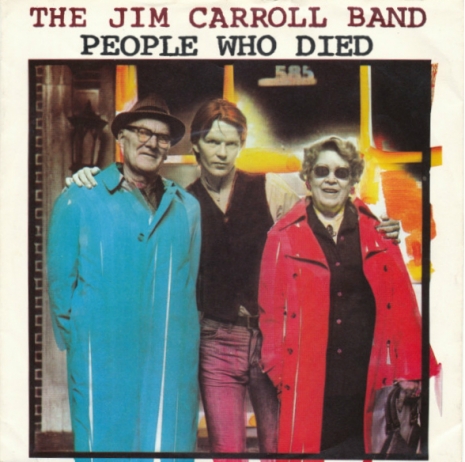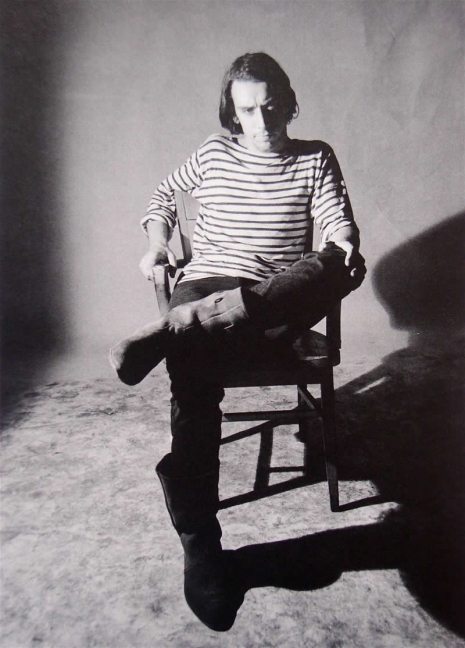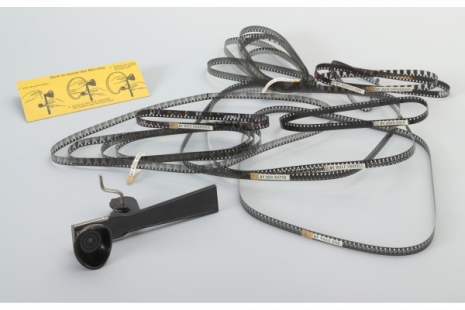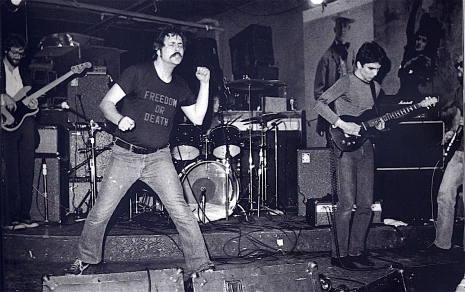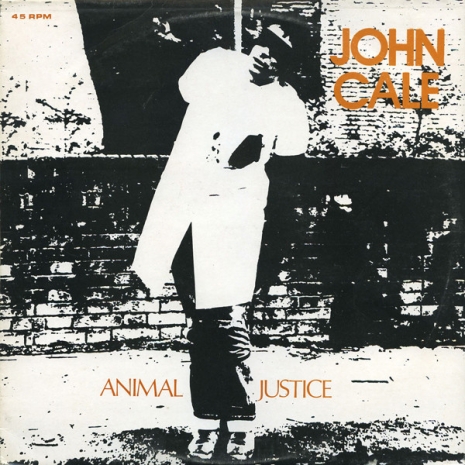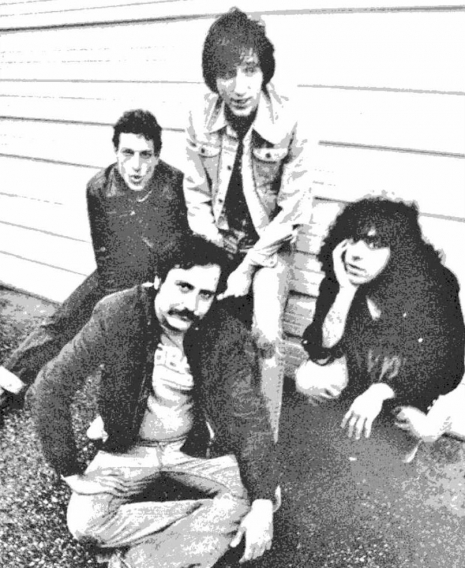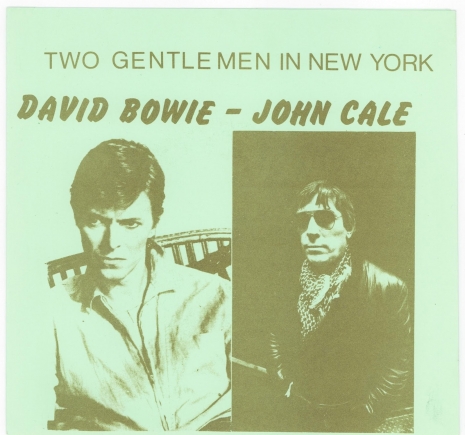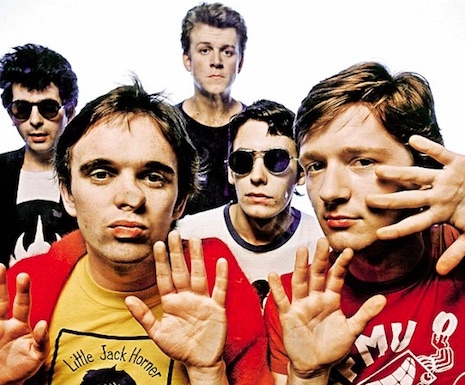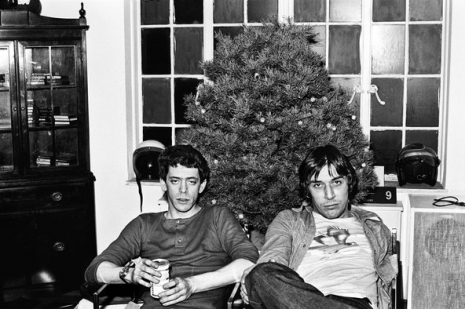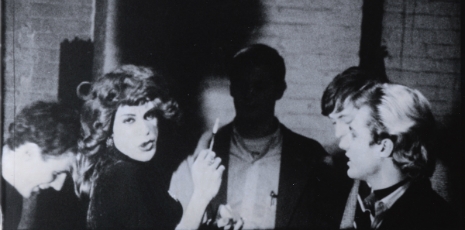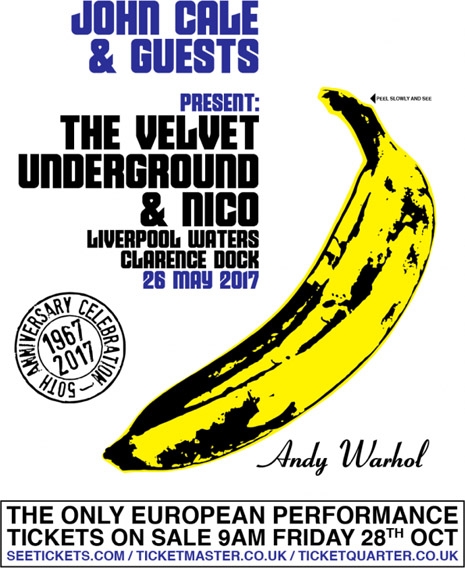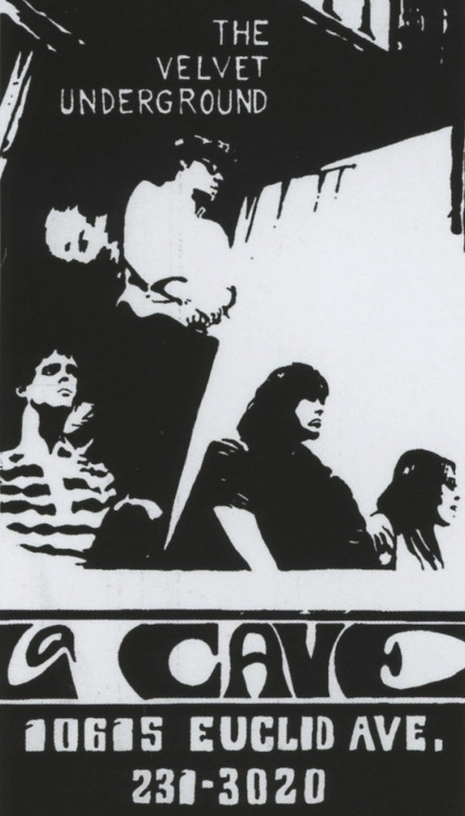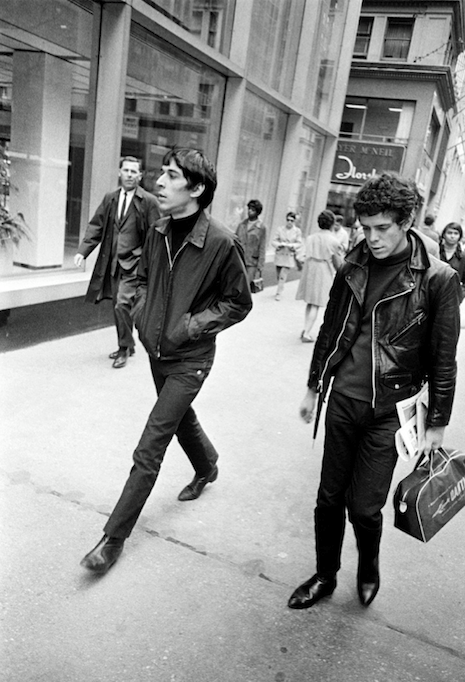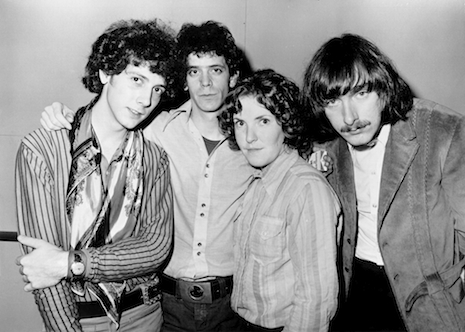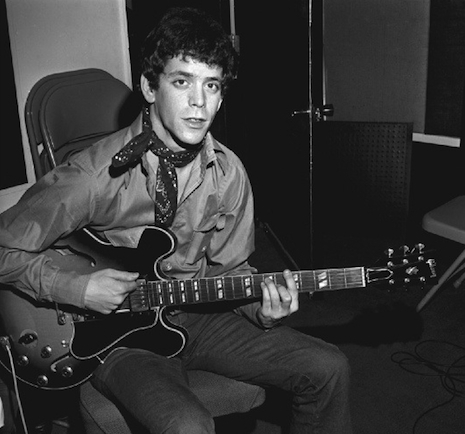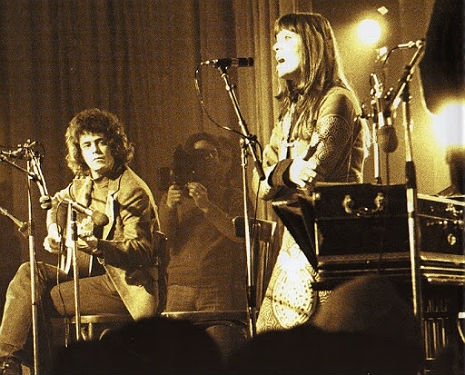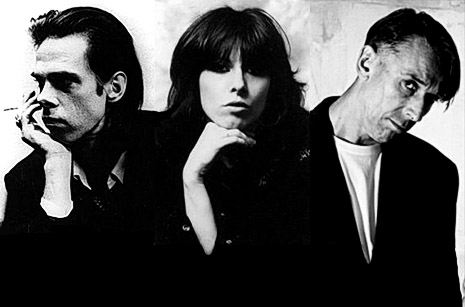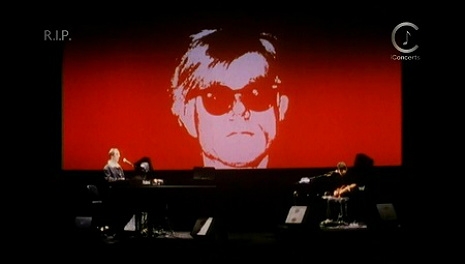
The 1979 collection ‘Ah Pook Is Here and Other Texts’
William S. Burroughs envisaged Ah Pook Is Here, an extension of the comix serial The Unspeakable Mr. Hart, as “a picture book modelled on the surviving Mayan codices.” However, after nearly a decade collaborating with artist Malcolm McNeill on an illustrated version of the tale, Burroughs was unable to find a publisher for his graphic novel avant la lettre. Instead, it appeared without images in Ah Pook Is Here and Other Texts, a 1979 collection of Burroughs’ researches into Mayan, Egyptian, and space age magical techniques. (McNeill has since published his artwork for Ah Pook Is Here in a separate volume.)
Burroughs’ novella concerns an American plutocrat named John Stanley Hart, whose fear of his own mortality leads him to disturb the gods of the Mayan pantheon. Hart is a junkie with a jones for the suffering of others, especially poor people and ethnic minorities. Narcotized by the “blue note” of their pain, congenitally selfish and incurious, he can’t imagine that calling down awful deities from another dimension might have unwanted consequences: “Mr. Hart has a burning down habit and he will burn down the planet.” Before you know it, blood is spurting from delegates’ every orifice at the “American First” rally, and the Acid Leprosy has eaten a hole in time.

‘The Unspeakable Mr. Hart’ from Cyclops magazine (via Virtual Library)
Philip Hunt made this stop-motion film of Ah Pook Is Here as a student at the Filmakademie Baden-Württemberg in 1994, taking the sound from Burroughs’ collaborations with John Cale on the Dead City Radio album. At six minutes, it is a distillation of the story, but a good one: death gods disturbed by a grotesque people-thing.
Given the vintage of Ah Pook Is Here, I can only interpret the suicide-by-shotgun at the end as a reference to the death of Burroughs’ former collaborator, Kurt Cobain—an unlikely candidate for Mr. Hart.
Previously on Dangerous Minds:
The last words of Dutch Schultz, the cartoon






